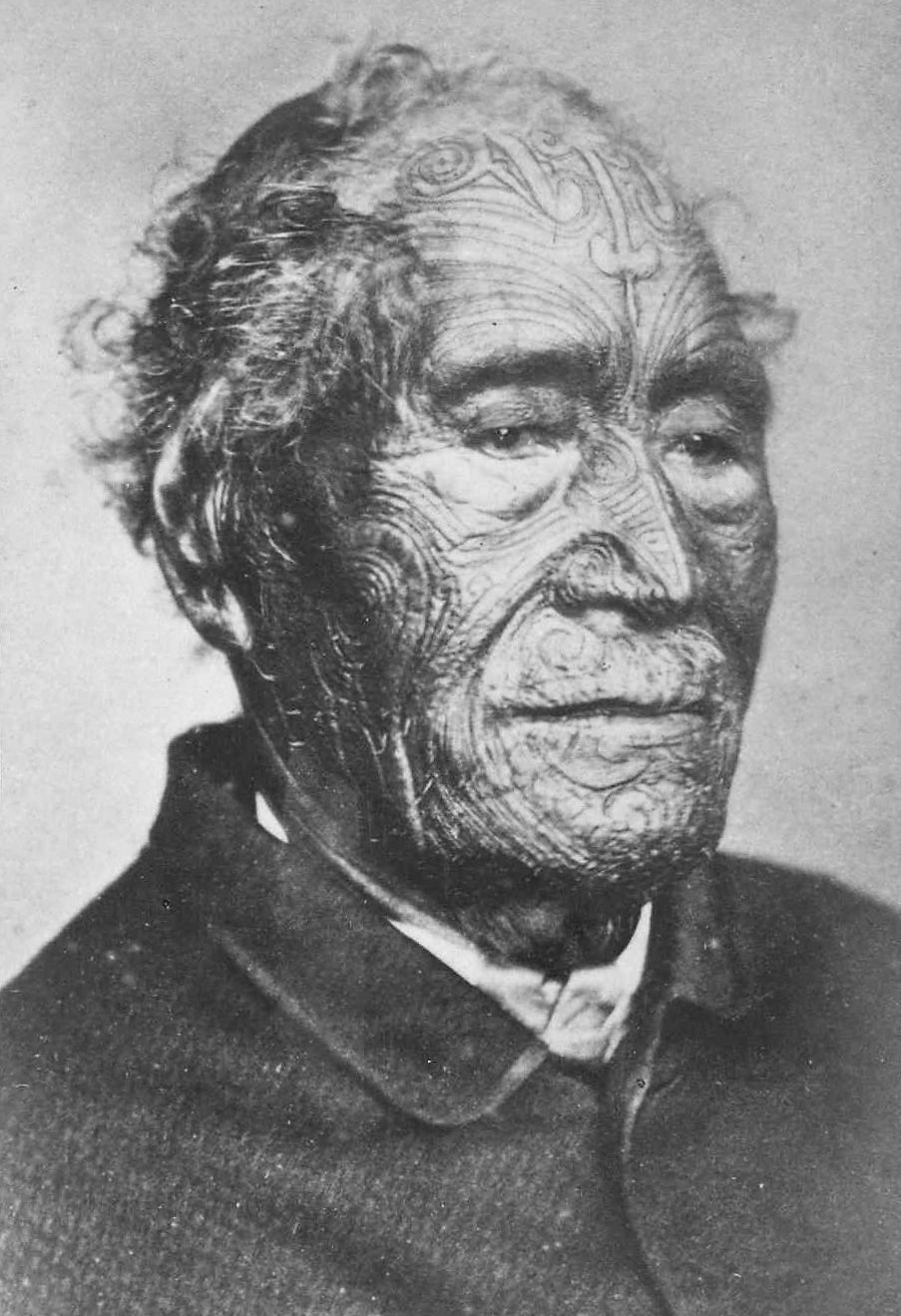One of the things that most catches my attention as to the classes of this course is the different cultures and peoples we have met during the year, lately we have talked about New Zealand and specifically the Maoris.
The Maori
are a native people of New Zealand, they arrived over a thousand years ago from
Hawaki, and they are currently 14% of the population New Zeeland, but this post
is focused on the Maori art
Maori art
consists mainly of sculptures that are representative of their culture, which primarily is inspired by the human body but
using more stylized and geometric figures , but animals are also represented in
a strange way.(Normally sculptures with motifs) There are exceptions that are
of religious character as the Marakiahu sculpture, who is a mythical marine with
a human face and forked tongue, which is depicted with hands on belly, as shown
in the following image.
Another
feature of this culture is their artistic dance. Their traditional dance is called haka ,
which formerly was done as a war dance , but currently in the Maori culture is
performed as a dance of welcome to visitors, to give them importance .
I want to
highlight the haka dance of the Maori culture becasue I love the way they
connect with their inner warrior with his land with bravery. When looking at
this dance we can realize that it is very effusive and a bit daunting given the
nature of war, but it seems to me a clear cultural brand that characterizes
them and gives them the stamp of a native people , showing their more natural
side in order to make other people interested in this people.
To end up this
post I want to highlight as in the previous post that you often do not see the part of the
iceberg that is underwater, so in this post I wanted to highlight the arts that
I like and that, sometimes, we forget the importance of them for this people.


























